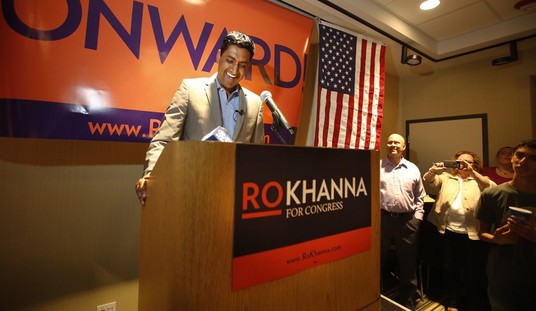Last week I posted parts one and two of Benjamin Boyce’s film which is collectively titled “The Complete Evergreen Story.” As I pointed out last week, Boyce is not the first to make a film about the events at Evergreen but he is uniquely positioned for this, having graduated from the school just weeks after the events took place. He’s also been covering subsequent events at Evergreen in more detail than anyone else.
Parts one and two explained the genesis of the student protests with a focus on some of the student interactions that kickstarted the arguments over the Day of Absence and also some film of the school’s faculty teaching students to be anti-racism activists.
Part three picks up in the library where one student delivers an account of what happened that morning. As Boyce demonstrates with footage, the student’s account is not very accurate and completely ignores all of the shouting, screaming, and cursing the students were doing during their “peaceful” protest.
The second half of this installment takes place in George Bridges’ office where we hear some of the student protesters echoing the language of their woke professors, i.e. “I feel a lot of responsibility just by the nature of my positionality in this world to do a lot of emotional labor for all of y’all and the students involved.”
I’ve heard a lot of this nonsense over the past few years. Anyone who claims they are doing “emotional labor” for the sake of others is almost certainly full of crap. It’s a rhetorical device to turn the reality of being a strident know-nothing into an act of teaching and supreme self-sacrifice.
Part four takes a step back to another precedent for the student protests, the unveiling of a new equity campaign at the school. The event at which this was rolled out came to be known as “the canoe meeting” because everyone was encouraged to get on board the metaphorical canoe that was the new equity platform. But what you see in the canoe meeting footage is a lot of people making an emotional case for the necessity of their conclusions and thereby discouraging any real discussion of what his happening.
And that’s where Bret Weinstein went wrong, at least according to the student protesters and, incredibly, to President Bridges. In the midst of a discussion about Weinstein, Bridges tells a group of students, “the problem is—a problem is—they have an opportunity to speak their mind.” As the conversation continues, Bridges says his job is to “bring ’em all in or get ’em out.” And as you probably know, that’s exactly what happened. Having failed to emotionally manipulate Weinstein into complying, he was encouraged to move on.







Join the conversation as a VIP Member